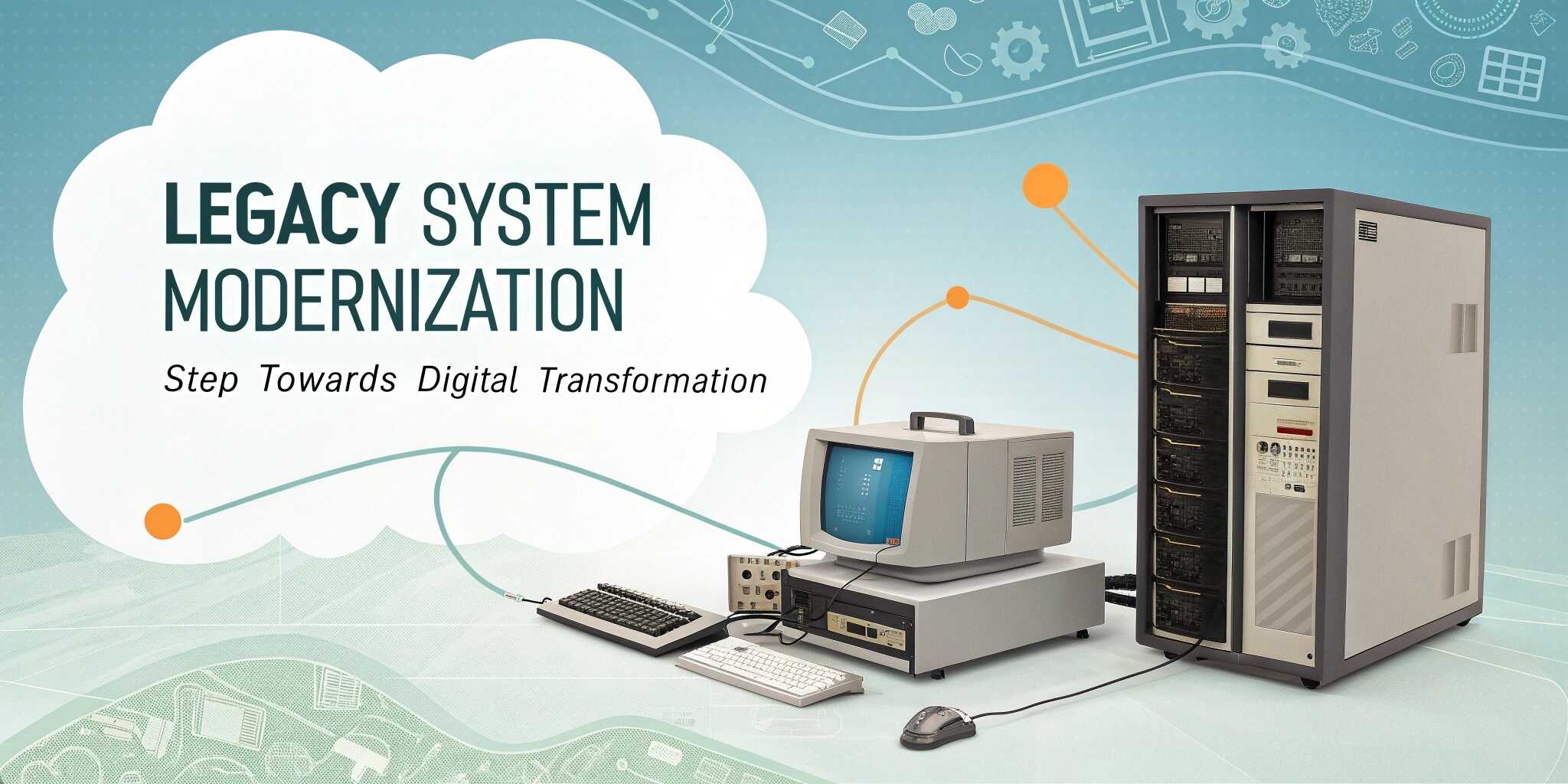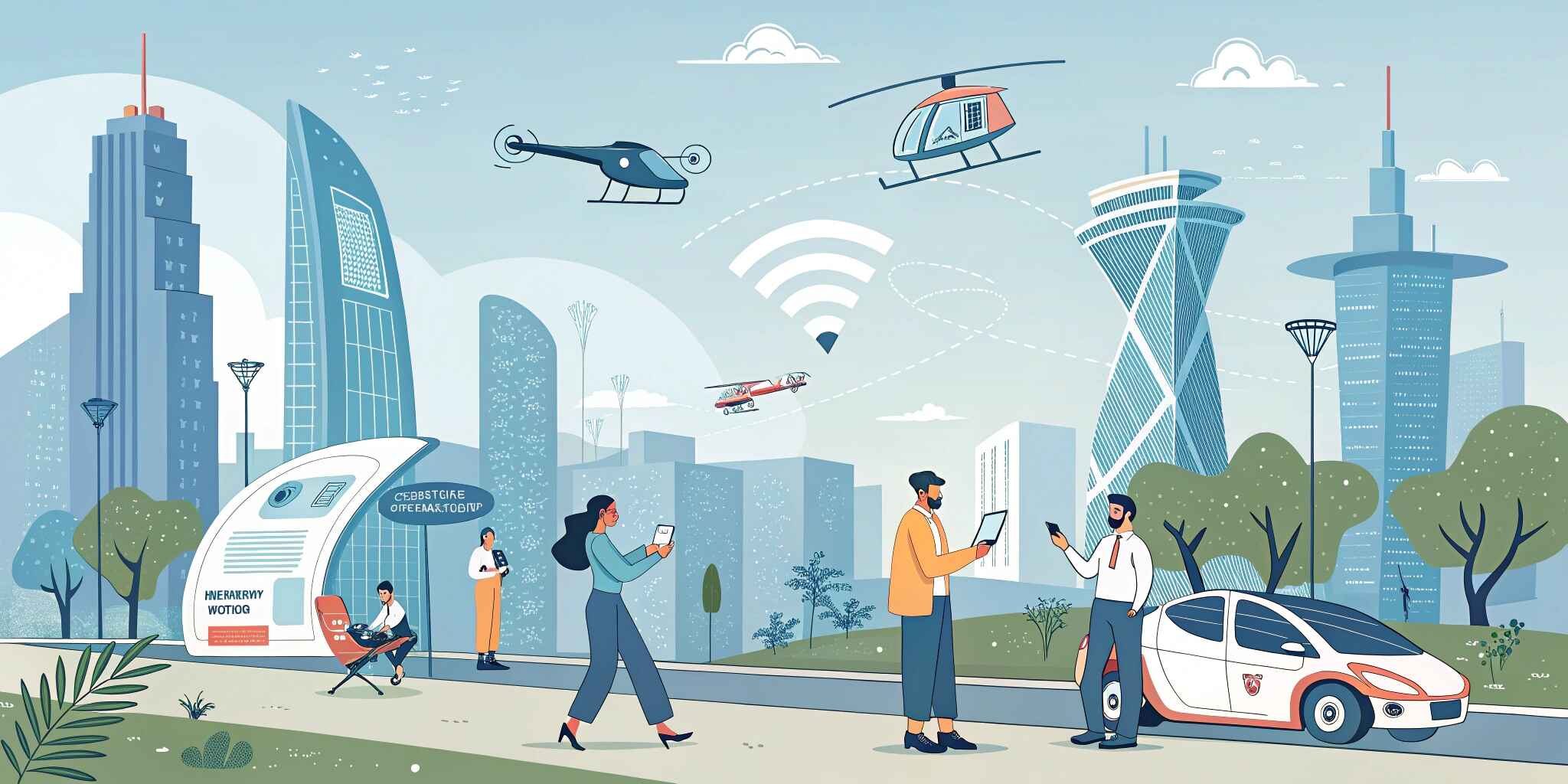In the fast-evolving digital landscape, relying on outdated IT systems is no longer sustainable. Legacy systems, while once effective, now often hinder innovation, slow down operations, and pose security risks. Modernizing these systems is not just a technical upgrade—it’s a strategic step toward full-scale digital transformation.
What Are Legacy Systems?
Legacy systems are outdated software, hardware, or platforms that remain in use despite being superseded by newer technologies. They may still function but are typically inefficient, costly to maintain, and incompatible with modern tools and platforms.
Why Legacy System Modernization Is Essential
- Improved Efficiency and Performance
- Upgrading to modern systems reduces latency, minimizes downtime, and accelerates workflows.
- Enhanced Security
- Older systems are often vulnerable to cyber threats. Modern solutions provide better compliance and protection.
- Scalability and Integration
- Modernized systems can easily scale with business growth and integrate with cloud, AI, and analytics tools.
- Cost Optimization
- While upgrades require investment, they eliminate excessive maintenance costs and inefficiencies.
- Customer Experience
- Modern platforms enable better UX/UI, faster services, and real-time support capabilities.
Key Modernization Strategies
- Rehosting (Lift and Shift): Move applications to the cloud without changing the codebase.
- Refactoring: Modify and optimize existing code to enhance performance and flexibility.
- Replatforming: Migrate applications to a new platform with minimal changes.
- Rebuilding: Redesign applications from scratch using modern tech stacks.
- Replacing: Replace outdated systems entirely with new solutions.
Challenges in Modernization
- Data Migration Risks
- Downtime During Transition
- Employee Training and Change Management
- Cost Overruns if Not Properly Planned
To address these, it’s critical to develop a clear roadmap, align stakeholders, and prioritize high-impact systems first.
Real-World Example
A financial services firm modernized its legacy core banking system to a cloud-based platform. This led to a 45% reduction in operational costs, improved real-time reporting, and significantly faster transaction processing—demonstrating how modernization directly supports digital innovation.
Conclusion
Legacy system modernization is a foundational step toward achieving digital transformation. It empowers businesses to become more agile, competitive, and future-ready. Investing in modern IT infrastructure today means unlocking innovation and efficiency for tomorrow.


